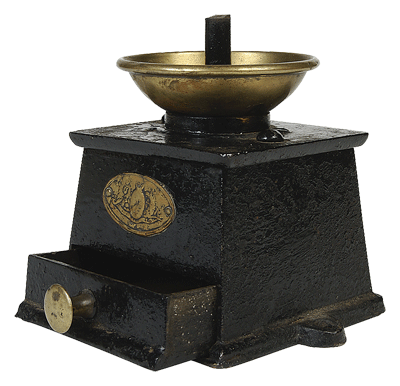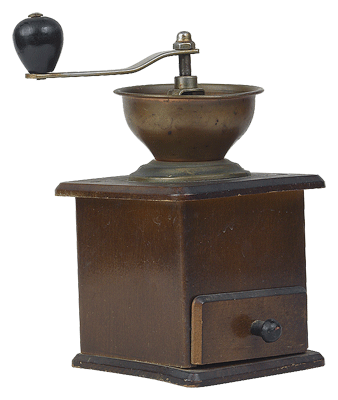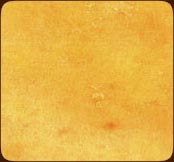
The Research
Type into Search: "Ganoderma or Ganoderma lucidum" in the search field for hundreds of Studies!


Asia's Secret
For thousands of years, Ganoderma Lucidum, a kind of medicinal fungi, has been highly regarded by the Chinese as the “Miraculous King of Herbs.”
Ganoderma
Said to be able to improve the body’s healing ability, maintain a healthy body and promote longevity.
Ganoderma has been shrouded with mysterious veils for more than 1,000 years.
4TASTING TERMS
While tasting the coffee, you should try to discern whether the flavor, body, acidity and aroma of the coffee is pleasant, or unpleasant. Here are the criteria that most tasters use to judge coffee:
- Acidity
Acidity is a desirable characteristic in coffee. It is the sensation of dryness that the coffee produces under the edges of your tongue and on the back of your palate. The role acidity plays in coffee is not unlike its role as related to the flavor of wine. It provides a sharp, bright, vibrant quality. With out sufficient acidity, the coffee will tend to taste flat. Acidity should not be confused with sour, which is an unpleasant, negative flavor characteristic.
- Aroma
Aroma is a sensation which is difficult to separate from flavor. Without our sense of smell, our only taste sensations would be: sweet, sour, salty, and bitter. The aroma contributes to the flavors we discern on our palates. Subtle nuances, such as "floral" or "winy" characteristics, are derived from the aroma of the brewed coffee.
- Body
Body is the feeling that the coffee has in your mouth. It is the viscosity, heaviness, thickness, or richness that is perceived on the tongue. A good example of body would be that of the feeling of whole milk in your mouth, as compared to water. Your perception of the body of a coffee is related to the oils and solids extracted during brewing. Typically, Indonesian coffees will possess greater body than South and Central American coffees. If you are unsure of the level of body when comparing several coffees, try adding an equal amount of milk to each. Coffees with a heavier body will maintain more of their flavor when diluted.
- Flavor
Flavor is the overall perception of the coffee in your mouth. Acidity, aroma, and body are all components of flavor. It is the balance and homogenization of these senses that create your overall perception of flavor. The following are typical flavor characteristics:
- General flavor characteristics
Richness—refers to body and fullness
Complexity— the perception of multiple flavors
Balance— the satisfying presence of all the basic taste characteristics where no one over-powers another
Typical specific desirable flavor characteristics
Bright, Dry, Sharp, or Snappy— (typical of Central American coffees)
Caramelly —candy like or syrupy
Chocolaty— an aftertaste similar to unsweetened chocolate or vanilla
Delicate— a subtle flavor perceived on the tip of the tongue (typical of washed New Guinea arabica)
Earthy— a soily characteristic (typical of Sumatran coffees)
Fragrant— an aromatic characteristic ranging from floral to spicy
Fruity— an aromatic characteristic reminiscent of berries or citrus
Mellow— a round, smooth taste, typically lacking acid
Nutty— an aftertaste similar to roasted nuts
Spicy— a flavor and aroma reminiscent of spices
Sweet— free of harshness
Wildness— a gamey flavor which is not usually considered favorable but is typical of Ethiopian coffees
Winy— an aftertaste reminiscent of well-matured wine (typical of Kenyan and Yemeni coffees)
Typical specific undesirable flavor characteristics
Bitter— perceived on the back of the tongue, usually a result of over roasting
Bland— neutral in flavor
Carbony— burnt charcoaly overtones
Dead— see "flat"
Dirty— a mustiness reminiscent of eating dirt
Earthy— see "dirty"
Flat— lack of acidity, aroma, and aftertaste
Grassy— an aroma and flavor reminiscent of freshly cut lawn
Harsh— a caustic, clawing, raspy characteristic
Muddy— thick and dull
Musty— a slight stuffy or moldy smell (not always a negative characteristic when in aged coffees)
Rioy— a starchy texture similar to water which pasta has been cooked in.
Rough— a sensation on the tongue reminiscent of eating salt
Rubbery— an aroma and flavor reminiscent of burnt rubber (typically found only in dry-processed robustas)
Soft— see "bland"
Sour— tart flavors reminiscent of unripe fruit
Thin— lacking acidity, typically a result of under brewing
Turpeny— turpentine-like in flavor
Watery— a lack of body or viscosity in the mouth
Wild— gamey characteristics

Linnaeus classified the coffee plant in the Rubiacee family, to which belongs also, for example, the gardenia. The name given to it by the great naturalist was "Coffea". There are some sixty species of it growing spontaneously in the subtropical areas of Africa, Indonesia, Malaysia, and Madagascar, that are without any commercial importance.
Only about ten species are cultivated in different parts of the world.
A BOTANICAL OUTLINE
While the wild plant can reach even ten-twelve metres in height, the plantation one reaches a height varying between three and five metres, except in Colombia where it rarely exceeds two metres. This makes the harvest and flowering easier, and cultivation more economical.
The leaves are, depending on the growth stage, deep green, light green and bronze yellow. Flowers are white, in clusters, and sweet-scented like the Spanish jasmine. Flowers soon give way to a red berry, more or less dark, depending on the plant variety.
At first sight, the fruit is like a big cherry both in size and in color. The berry is coated with a thin film (epicarp or esocarpo) containing a sugary mucilaginous flesh (mesocarp). Inside the pulp there are the seeds in the form of two beans coupled at their flat surface. Beans are in turn coated with a kind of parchment, very resistant, and golden yellow (called endocarp or pergamino).
When peeled, the real bean appears, coated -in its turn- with another very thin silvery film.
The bean is bluish green verging on bronze, depending on the species, and is at the most 11 millimeters long and 8 millimeters wide. For each species there are several varieties, each one distinguished by its own size, color and resistance to disease.

TAKE THE COURSE
Discover what heavy hitters actually do so YOU can start MAKING MONEY with your home business the way they do. Click...

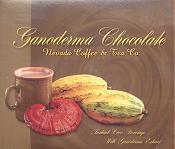
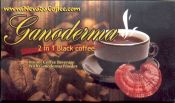
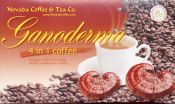
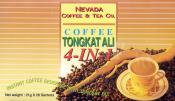



Web Master: Design Carte
This page was last updated: July 7, 2008
LCR Gano Brand (ID#: 12081)
LARSON CENTURY RANCH
P. O. Box 1982
Clarkston, WA 99403
Telephone: 509-758-5445
FAX: 509-758-5701
E-Mail: Sales@LarsonCenturyRanch.com


